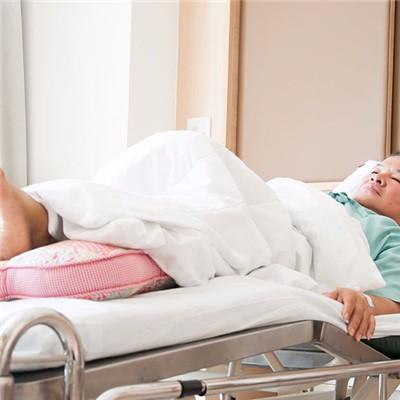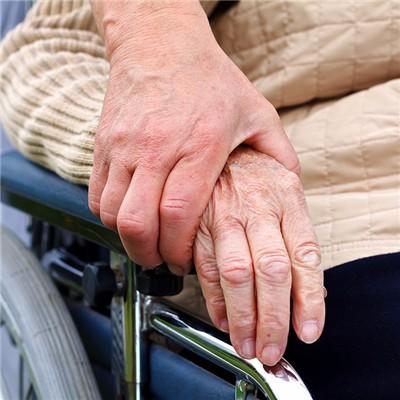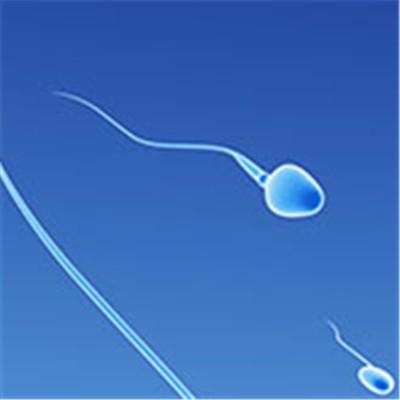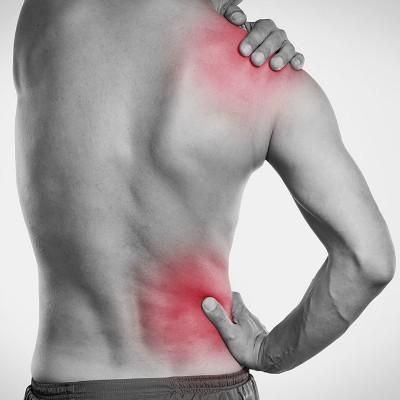Is spastic paraplegia a hereditary disease
summary
Now the number of paraplegia is increasing with time, and the number is also increasing dramatically. The pressure of the country is also great. Some people have spastic paraplegia. Let's talk about the heredity of spastic paraplegia.
Is spastic paraplegia a hereditary disease
Hereditary spastic paraplegia (HSP), first reported by seeligmuller (1874), is a syndrome characterized by progressive hypertonia, myasthenia and scissors gait of both lower limbs. The main clinical manifestation is slow progressive spastic paraplegia with various symptoms. Most scholars attribute it to hereditary ataxia, accounting for about 1 / 4 of the total incidence of the latter. The probability of this inheritance is still very high, but it is not completely a genetic disease. Some people still have certain gene mutation factors in it.

Secondly, the simple type is more common, only showing spastic paraplegia. At the beginning of the disease, the patients feel that their lower limbs are stiff, they are easy to fall down when walking, and it is difficult to go upstairs. Scissors gait, increased muscle tension of their lower limbs, tendon hyperreflexia and pathological signs can be seen. If the onset of childhood can be seen arcuate foot deformity, with gastrocnemius shortening (pseudo contracture), children can only walk with the tip of the foot, leg development is backward and thin. With the progress of the disease, pyramidal tract sign appeared in both upper limbs, and sensory and autonomic nerve functions were generally normal. Some patients have stiff hands, clumsy movements and mild dysarthria.

Finally, no specific treatment can prevent, delay and reverse the progressive disability of HSP patients. The goal of drug treatment is to reduce disability and prevent complications. Muscle strength training can improve the strength of undamaged muscles, compensate the muscle strength of weak muscles, slow down muscle atrophy, especially calf muscles, and relieve back pain. Do stretching exercises to reduce complications such as tendinitis, bursitis and cramps. Aerobic training can improve cardiovascular adaptability, reduce fatigue and improve endurance. Walking, cycling, swimming and water aerobics are good choices.

matters needing attention
In order to prevent the birth of children, we should avoid consanguineous marriage, carry out genetic counseling, carrier gene testing, prenatal diagnosis and selective abortion. We should pay attention to the pre pregnancy examination before pregnancy, do not blindly take some drugs to treat the body, and pay attention to avoid the occurrence of diseases.













